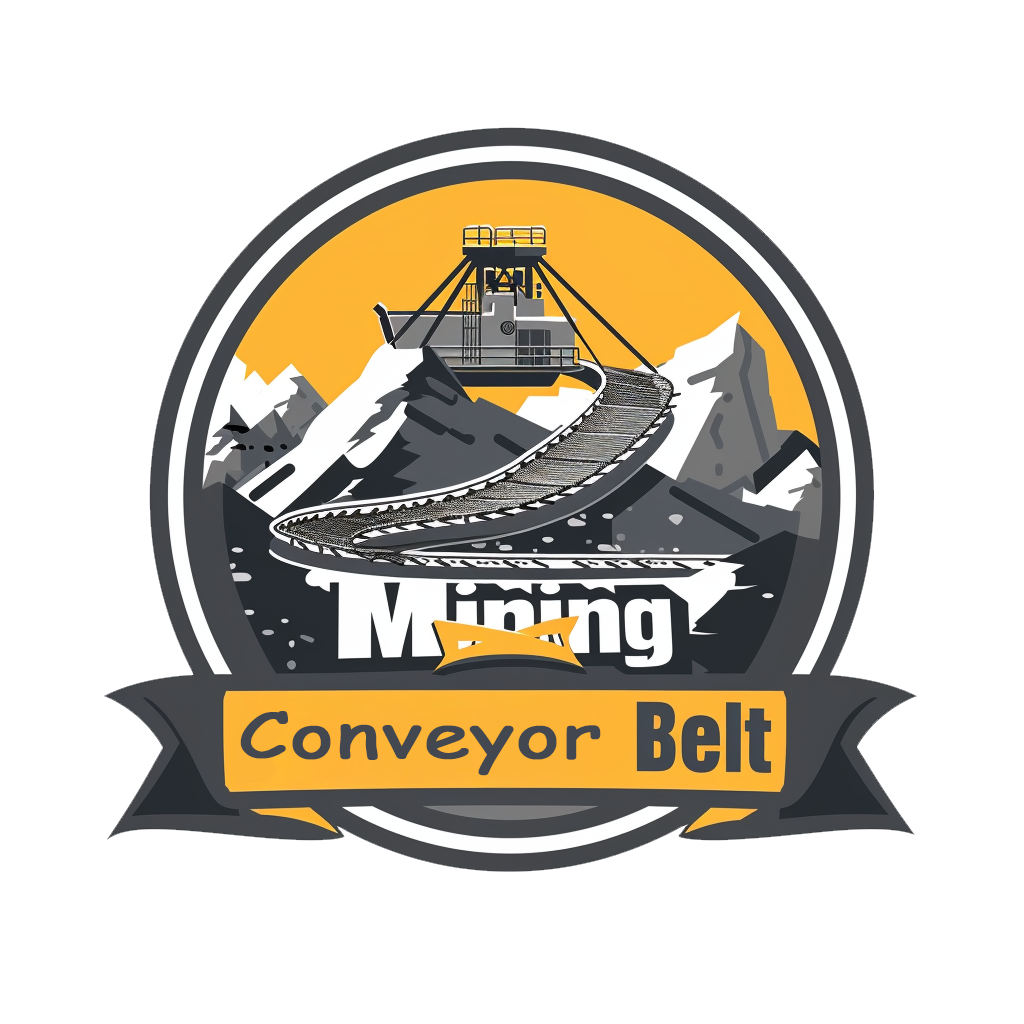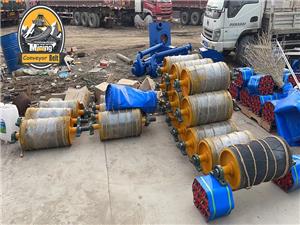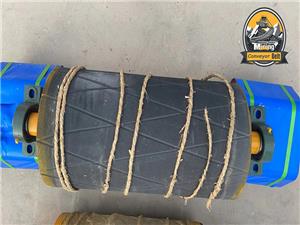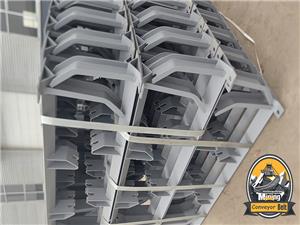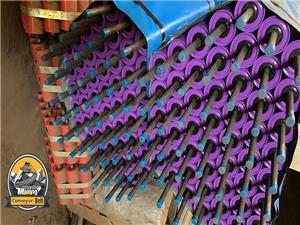How to properly maintain the use of nylon conveyor belts
Nylon conveyor belts are commonly used products by many manufacturers now, and are also the main conveying products. Therefore, nylon conveyor belts have the characteristics of safe operation as a transport carrier compared with other transport methods. Nylon conveyor belts have low freight costs and can be continuous, shortening the transportation distance and other advantages. Nylon conveyor belts have become a substitute for road and rail transportation within a certain range. This type of conveyor belt is suitable for conveying non-special corrosive block, granular, and powdery materials at room temperature under general conditions.
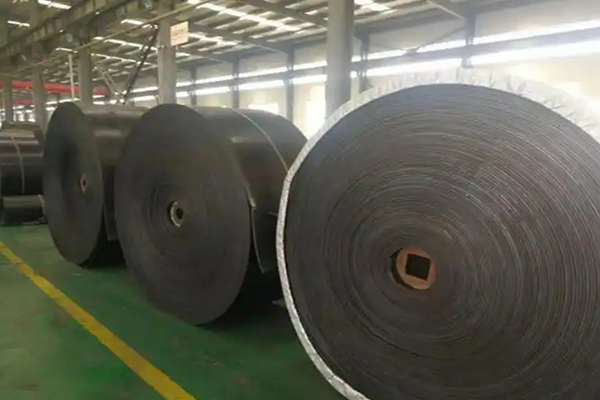
①. During transportation and storage, the conveyor belt should be kept clean and avoid direct sunlight or rain and snow, prevent contact with acids, alkalis, oils, organic solvents and other substances, and be one meter away from the heating device.
②. During storage, the temperature in the warehouse should be kept between -18Co-40Co, and the relative humidity should be kept between 50-80%.
③. During storage, the product must be placed in a roll and must not be folded. It should be turned over once every season during storage.
④. Conveyor belts of different types and specifications should not be connected together for use. The joints should preferably be glued.
⑤. The type, structure, specification and number of layers of the conveyor belt should be reasonably selected according to the conditions of use.
⑥. The running speed of the conveyor belt should generally not be greater than 2.5 m/s. Materials with large blocks and high abrasiveness and fixed type unloading devices should be operated at a low speed as much as possible.
⑦. The relationship between the diameter of the conveyor's drive roller and the conveyor belt cloth layer, the matching of the drive roller and the redirection roller, and the requirements for the roller groove angle should be reasonably selected according to the design regulations of the conveyor.
⑧. The feeding direction should be in the running direction of the belt. In order to reduce the impact of the material on the belt when it falls, a chute should be used to reduce the distance the material falls; the distance between rollers should be shortened and buffer rollers should be used in the belt receiving section. In order to prevent leakage, a soft and moderate baffle plate should be used on the belt side to prevent the baffle plate from being too hard and scratching the belt surface of the conveyor belt.
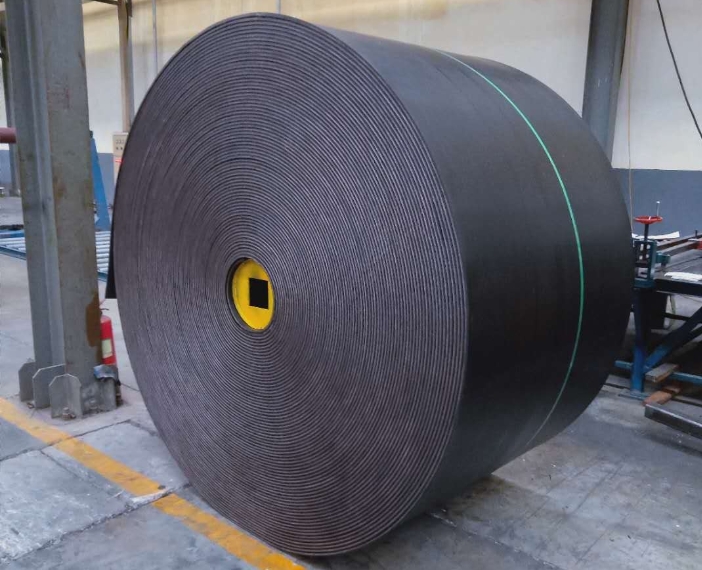
⑨. The following points should be noted during the use of the conveyor belt:
(1) Avoid the rollers being covered by materials, which may cause poor rotation, and prevent leakage of materials from getting stuck between the rollers and the belt. Pay attention to the lubrication of the moving parts, but do not oil the conveyor belt;
(2) Avoid starting with load;
(3) If the belt deviates, take timely measures to correct it;
(4) If local damage to the belt is found, it should be repaired in time to avoid expansion;
(5) Avoid the belt from being blocked by the frame, pillars or block materials to prevent it from being broken or torn.
